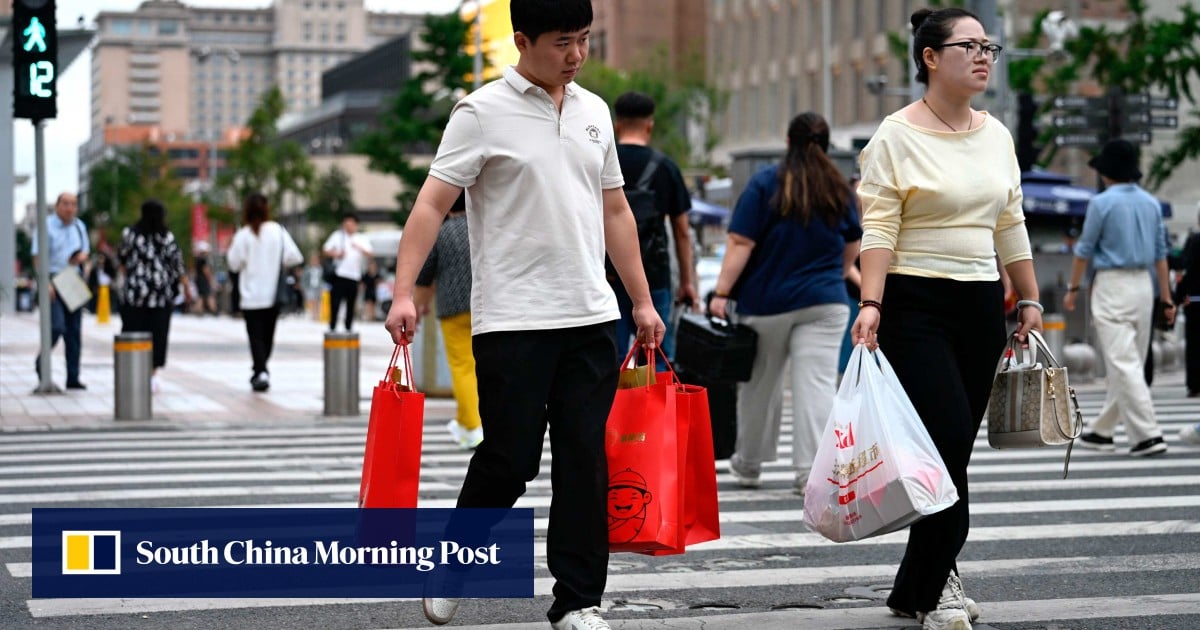For decades, the annual target for gross domestic product growth was the most critical policymaking benchmark across China.
In pursuit of that all-important figure, officials around the country embarked on a spree of infrastructure investment, industrial expansion and resource mobilisation that helped make China the world’s second-largest economy and lift 800 million people out of poverty.
But as growth rates have slowed, that outlook may have lost some of its resonance. Attention has turned to other indicators of economic health as the country transitions to a period of what Beijing calls “high-quality development”.
And with the members of the ruling Communist Party’s Central Committee meeting this week to draw up an outline for the 15th five-year plan – China’s development blueprint for the rest of the decade – perspectives may shift further.
In the current plan, ending this year, Beijing did not give a quantitative target for the first time, instead pledging to keep GDP growth “within a reasonable range”.
That plan was released in early 2021, when the global economy was still grappling with the shocks of the Covid-19 pandemic. But many analysts say maintaining a certain growth rate remains crucial for the country, even if some focus has moved from the number itself to how it is achieved.

